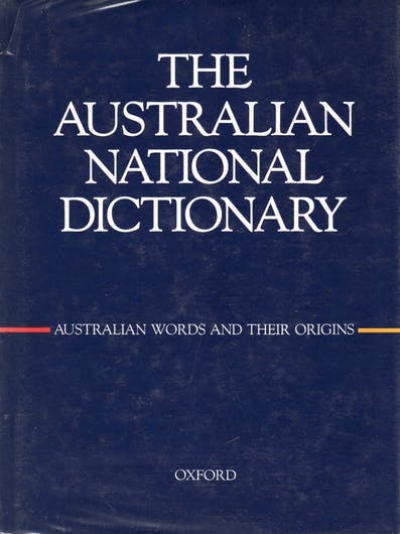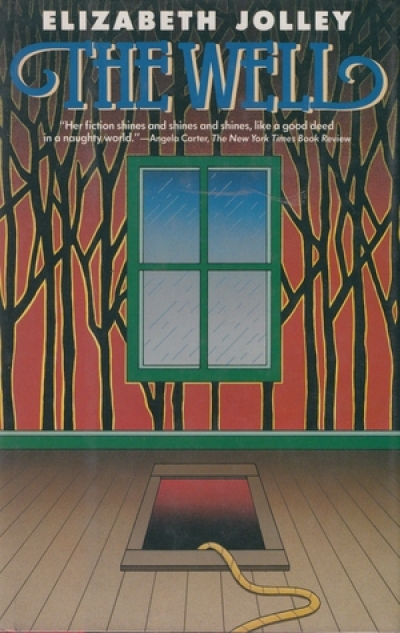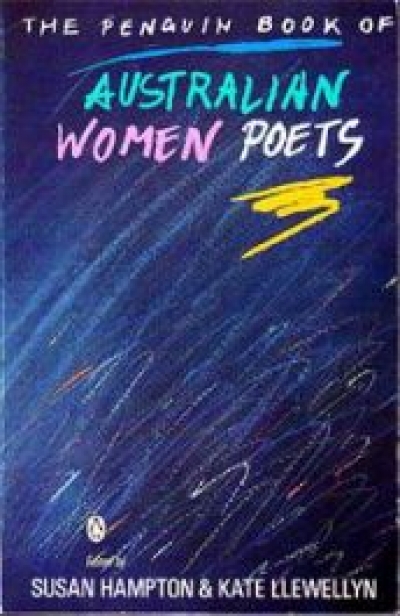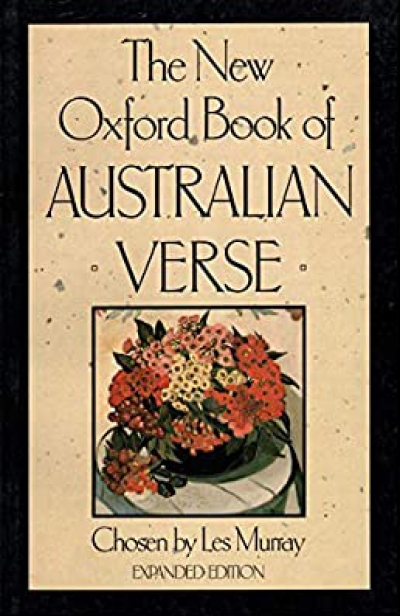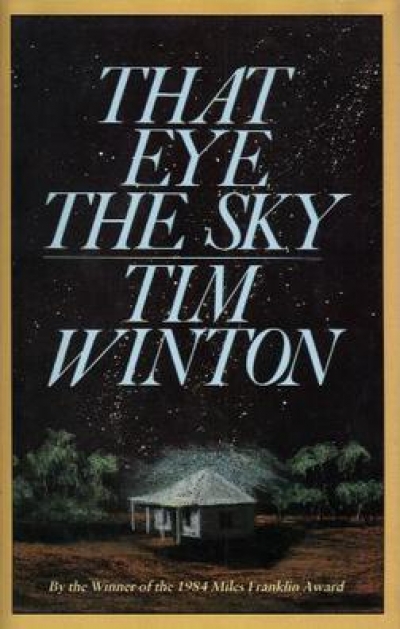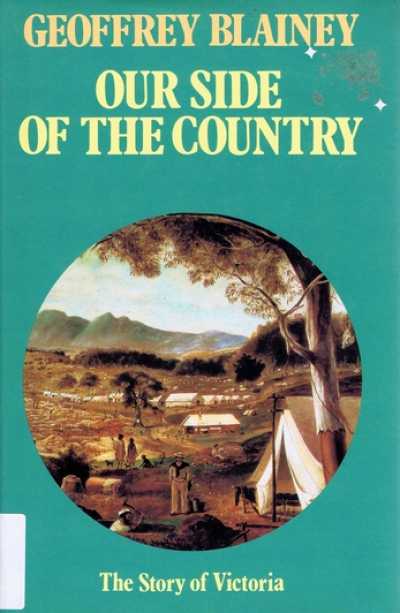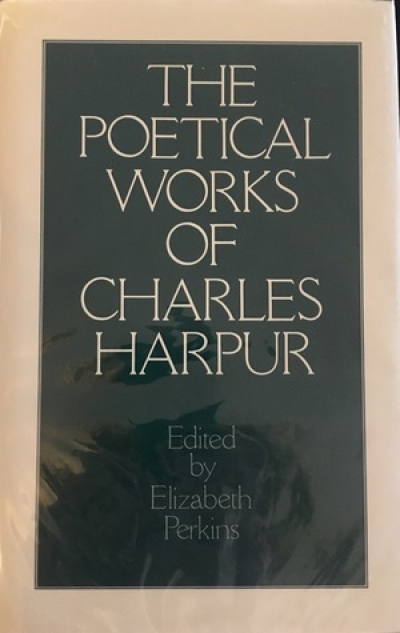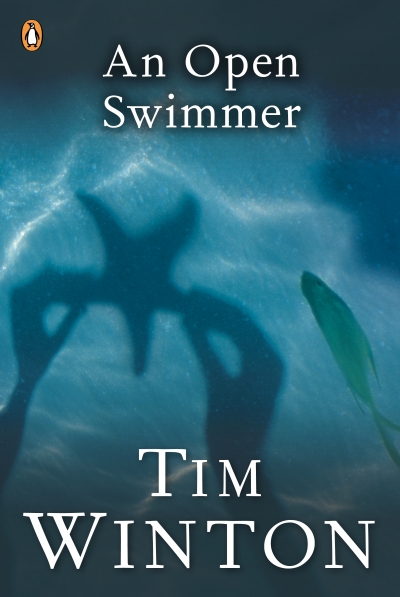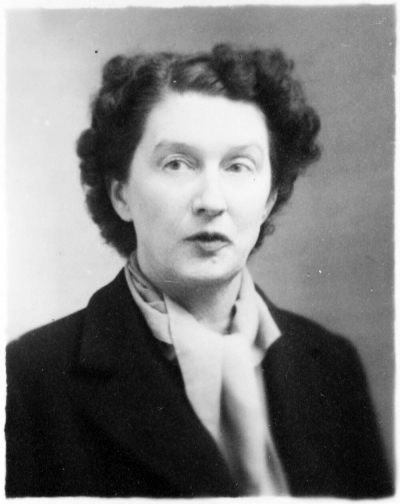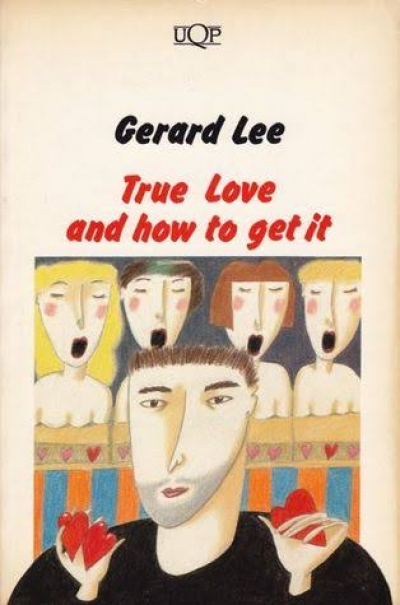From the Archive
Sign up to From the Archive and receive a new review to your inbox every Monday. Always free to read.
Recent:
The Australian National Dictionary: Australian words and their origins by W.S. Ramson
Apart from Abbott’s booby (the gannet Sula abbotti, which now breeds only on Christmas Island), all entries on the first two pages of the Australian National Dictionary pertain to race and white foundation. Is this mere chance, or do we here have an instance of the knack of language to trap and reticulate human experience from its very springs? Probably a spot of both. Whatever: how apt that a dictionary of Australianisms based on historical principles should start with words such as Aboriginal, abolition act, abscond, and absolute pardon. Absolute pardon is followed by acacia, whose bloom is the emblem of our national besottedness.
... (read more)A common approach when talking about women writers is to outline the scope of their work, preferably to demonstrate and affirm its versatility and, implicitly, its value. There’s no doubt that Helen Garner, for example, has suffered under critics’ and reviewers’ insistence that her work deals only with a ...
... (read more)Australian Women Poets edited by Susan Hampton and Kate Llewellyn
In a paper entitled ‘Anthologies and Orthodoxies’ given recently at the Australian Literature Conference in Townsville, Jennifer Strauss, herself a poet as well as an academic, analysed the contents of six recent poetry anthologies, including this new Penguin collection. She came up with the same revealing statistics as editors Susan Hampton and Kate Llewellyn had discovered from a larger sample of fifteen collections: the average of female authors represented was only seventeen per cent. Obviously one of the orthodoxies enshrined in anthologies is in need of critical scrutiny if we are. unwilling to accept the implication that there are either fewer or less talented women writing poetry than there are men.
... (read more)The New Oxford Book of Australian Verse edited by Les A. Murray
This book can read at times as though it were Les Murray’s revenge on Australian poetry. Of course, no anthology will please all of the people all of the time, but this one does not so much seem to represent any consistent view of what significant poems have been written in this country as Murray’s own projections about the kinds of poetry which ought to have been written here. The New Oxford Book of Australian Verse is quirky and opinionated, very ambitious in the ground it wants to cover, and yet ultimately hamstrung in its assemblage. It amounts to a quixotic attempt to see Australian poetry as a massively unified body of work, and Murray has played fast and loose with the material that was before him in order to reveal this unity.
... (read more)This book is about a twelve-year-old boy called Ort Flack, into whose life, at a moment of drastic need, bursts none other than God, in the form of a silvery white cloud. The cloud has been there all along, hanging over the house, a personal vision of Ort’s, as mysterious and troubling and comforting to ...
... (read more)Somebody recently told me that Geoffrey Blainey wrote much of the text of this history of Victoria while travelling in aircraft. If true, Blainey has an enviable knack of finding seats with elbow room, but otherwise there’s no reason to complain. Sir Charles Oman, the great military historian of the Napoleonic wars, was said to have drafted one book during a summer spent waiting for connecting trains at French railway stations. Those fortunate enough to possess a lot of intellectual capital should make the most of it. In the central four chapters of social history, perhaps the most satisfactory part of this book, Blainey cites his evidence as ‘the accumulation of years of casual reading of old newspapers, looking at historic sites and talking with old people’. Disarmingly, he adds: ‘Most of the explanations of why change came are probably my own’.
... (read more)It is 116 years since Charles Harpur, Australia’s first poet of real eminence, died with his own collection of his works unpublished. Except for a couple of small selections – the most recent of which, made by Adrian Mitchell in 1973 and containing only about 120 pages of the poetry, was the most comprehensive – and the infamously corrupt 1883 ‘collection’, it has remained so. This has been a blot on the reputation of Australian critical and academic workers and a loss not only to Australian literature but to Australian history. Now Elizabeth Perkins, of the English Department of James Cook University, has handsomely remedied a long injustice.
... (read more)A sympathetic reader might feel that Tim Winton, winner of The Australian/Vogel Literary Award, is a victim of one of the unkindest tricks Fate can play on a writer, with the publication of his first novel, An Open Swimmer, at the age of twenty-one. A first novel from a writer of this age is typically seen as, a ‘young man’s book’, full of the gaucheries and immaturities of the precocious, and even if a success, it is an albatross around his neck for the rest of his career. The best one can hope for is a moderate success, substantial enough to start a career, but not either brilliant enough or bad enough to determine its direction from then on. Fortunately, Tim Winton’s first novel does not neatly fit this stereotype.
... (read more)With the reissue of The Beauties and Furies (1936) this month by the British feminist press Virago, virtually all of Christina Stead’s work is in print for the first time in the half century long career of this distinguished writer.
... (read more)True Love and How to Get It by Gerard Lee & Bliss by Peter Carey
Peter Carey’s first novel, Bliss, will be self-recommending to all admirers of his astonishing short stories. The Fat Man in History and the even better War Crimes mark Carey as the most genuinely original of our storytellers – a fabulist and, in some corners of his imagination, a surrealist of disturbing power. Part of his achievement and, arguably, a sign of his freshness of vision is that his fictions manage so adroitly to slip through the critic’s webs of explication. They tend to resist any simple yielding up of their inner meaning at the same time as they touch the nerves of our general experience and social fears. The central figures of his narratives are typically trapped in the labyrinths of their obsessions or delusions, they are solitaries, often, like the fat men in the title story, both victims and perpetrators of their condition.
... (read more)


